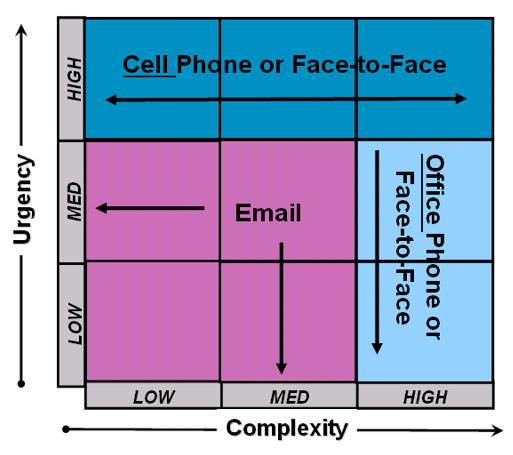I have the pleasure today of featuring a guest post from Tony Ferraro of Creative Safety Supply. Tony has an excellent understanding of lean, and I thought he would do a good job explaining how the elimination of waste can be beneficial to a sporting goods retailer. * * * * * *
Most businesses are constantly on the lookout for new and innovative ways to increase sales, enhance customer satisfaction, and streamline business practices for better efficiency. One tactic that is growing in popularity is the focus on waste elimination through "TIMWOOD."
For those of you who are unfamiliar with this expression, TIMWOOD is an acronym that outlines the seven most common wastes in business. The seven wastes are: Transport, Inventory, Motion, Waiting, Over processing, Overproduction, and Defects. If you're a sporting goods retailer, here's how focusing on just two of these areas can improve your business.
T: Transport Every time an item is moved it runs the risk of being lost or damaged, thus losing value. Most retailers inevitably transport items multiples times into and around the store: there's the initial unloading of the goods off the truck and into the storeroom or warehouse. There's putting the goods onto the floor or the shop window. There's the transport involved in refreshing the window or floor display, to say nothing of the daily cleanup and maintenance of the store fixtures. Each time store staff touches and moves the product, there's a chance for damage, which inevitably lead to markdowns.
O: Overproduction Overproduction is commonly referred to as one of the largest wastes in the business world. In the case of a retailer, overproduction is actually the over-purchasing of inventory, which leads to items sitting on shelves, tying up financial resources and physical space. Obviously, it's impossible to forecast consumer demand perfectly, particularly when you're ordering 6-9 months ahead of the actual delivery date to take advantage of early order discounts. Consequently, it's essential to have a strategic plan for balancing your pre-season orders with your fill-in orders. Too many retailers gorge themselves on products with special discounts without factoring in the true cost of the inevitable markdowns.
Take a Closer Look In future posts I'll address the other types of waste in "TIMWOOD." In the meantime, it may be beneficial to take a closer look at the amount of unnecessary transport and overproduction/purchasing that might be costing you money. Just by implementing a few simple steps, you could take your sporting goods store from mediocre to magnificent.



 Download PDF to read more
Download PDF to read more